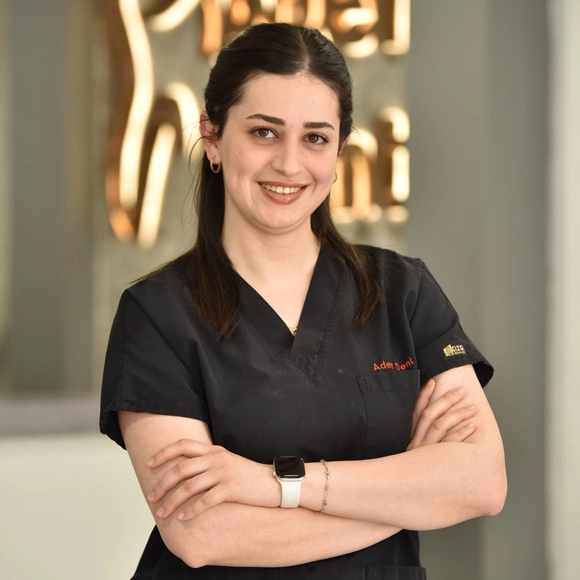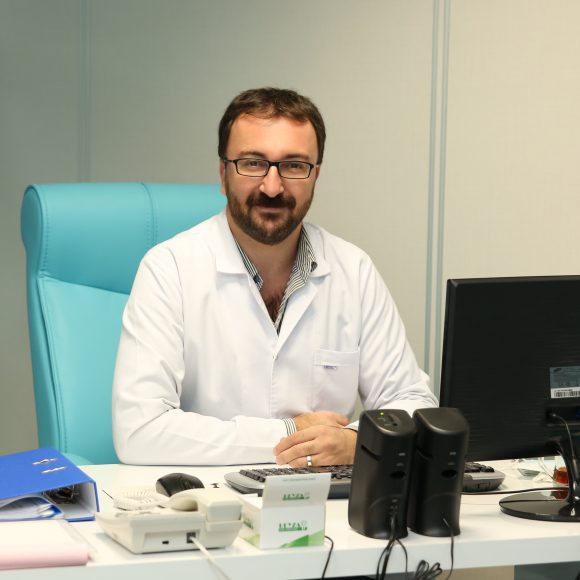In dentistry, lasers are used to accelerate soft tissue surgeries, hard tissue procedures, disinfection, and post-treatment healing processes. One of the most significant advantages of lasers is that they promote faster healing after surgical interventions and minimize adverse effects such as pain and bleeding during the recovery period. Lasers operate with low heat production and high precision, thereby preserving healthy tissue in the treated area.
Types of Lasers and Clinical Applications
Different types of lasers used in dentistry interact with tissues in different ways, each offering unique advantages. One of the most commonly used laser types is diode lasers. Although diode lasers are preferred for soft tissue surgeries, every laser device has its limitations and may pose a risk to patients if used incorrectly.
Therefore, proper use of lasers is critical for effective and safe treatment. Er:YAG lasers, with their ability to be used on both hard and soft tissues, offer the widest range of indications.
In dental procedures, lasers—particularly for hard tissues—target water molecules and convert them into thermal energy, minimizing tissue damage. This allows patients to undergo procedures without feeling vibration or pressure, providing a more comfortable treatment experience.
Use of Lasers in Hard Tissue Surgery
Currently, Er:YAG lasers are the only type used for hard tissue treatments. These lasers convert energy into thermal energy via water molecules to remove hard tissues. During this process, bone vitality is preserved and surface disinfection is achieved.
Er:YAG lasers are used in a wide range of procedures from cavity removal to tooth extraction. Compared to traditional drilling, these laser procedures result in less microbial contamination and faster healing times.
After complex procedures such as wisdom tooth extraction, apical resection, or sinus window opening, interventions using Er:YAG lasers help reduce patient discomfort and accelerate recovery. These advantages contribute to the success of dental treatments.
Use of Lasers in Soft Tissue Surgery
In soft tissue surgeries, erbium lasers can be used with high precision without damaging surrounding tissues. Especially in procedures like frenectomy, irritation fibroma removal, and vestibular deepening, minimal anesthesia is required, and healing occurs more rapidly.
Erbium lasers also provide successful outcomes in procedures such as the removal of granulation tissue before implant placement. Additionally, in peri-implantitis treatment, erbium lasers contribute to disinfection without damaging titanium surfaces.
For hemostasis procedures, diode and Nd:YAG lasers are effective due to their absorption by hemoglobin. While CO₂ lasers provide the strongest hemostasis, they require careful application due to longer healing times.
Periodontal Treatment and Conservative Applications
Erbium lasers are also used effectively in periodontal treatments. In addition to traditional root surface debridement, disinfection can be achieved using diode and Nd:YAG lasers. These lasers target pigmented bacteria and offer deep effects, especially benefiting smokers by improving treatment outcomes. The LANAP (Laser-Assisted New Attachment Procedure) method offers a non-surgical regenerative approach that accelerates the healing process.
Laser Support in Endodontic Treatment
In endodontic treatments, lasers are primarily used for disinfection. Nd:YAG or erbium lasers remove the smear layer after traditional canal shaping and enhance penetration into dentinal tubules. While chemical agents are effective up to 100 µm, lasers can achieve disinfection depths of up to 1100 µm.
Moreover, when erbium lasers are applied to fluid-filled canal systems, they generate acoustic shock waves that ensure comprehensive cleaning of the entire canal system. This method is especially effective when used in conjunction with hypochlorite.
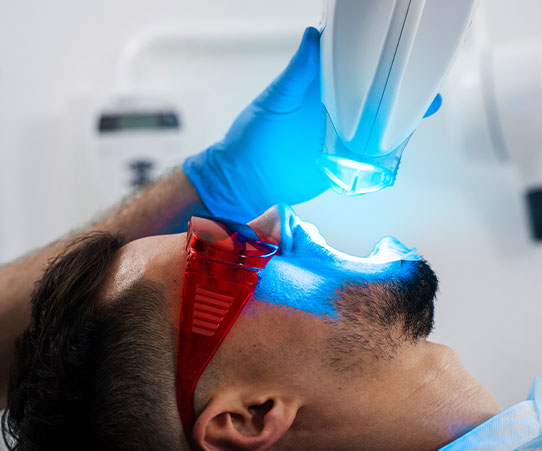
Advantages of Lasers in Dentistry
Lasers in dentistry offer numerous advantages. For patients, these benefits include less pain, bleeding, and swelling, while for dentists, they provide faster and more precise treatment options. Since lasers allow treatment without damaging surrounding tissues, the healing process is accelerated and the risk of complications is reduced.
Additionally, the precision of laser devices enables more aesthetic treatment outcomes. One of the greatest advantages of laser technology is its ability to offer effective solutions in cases that cannot be treated with traditional methods.
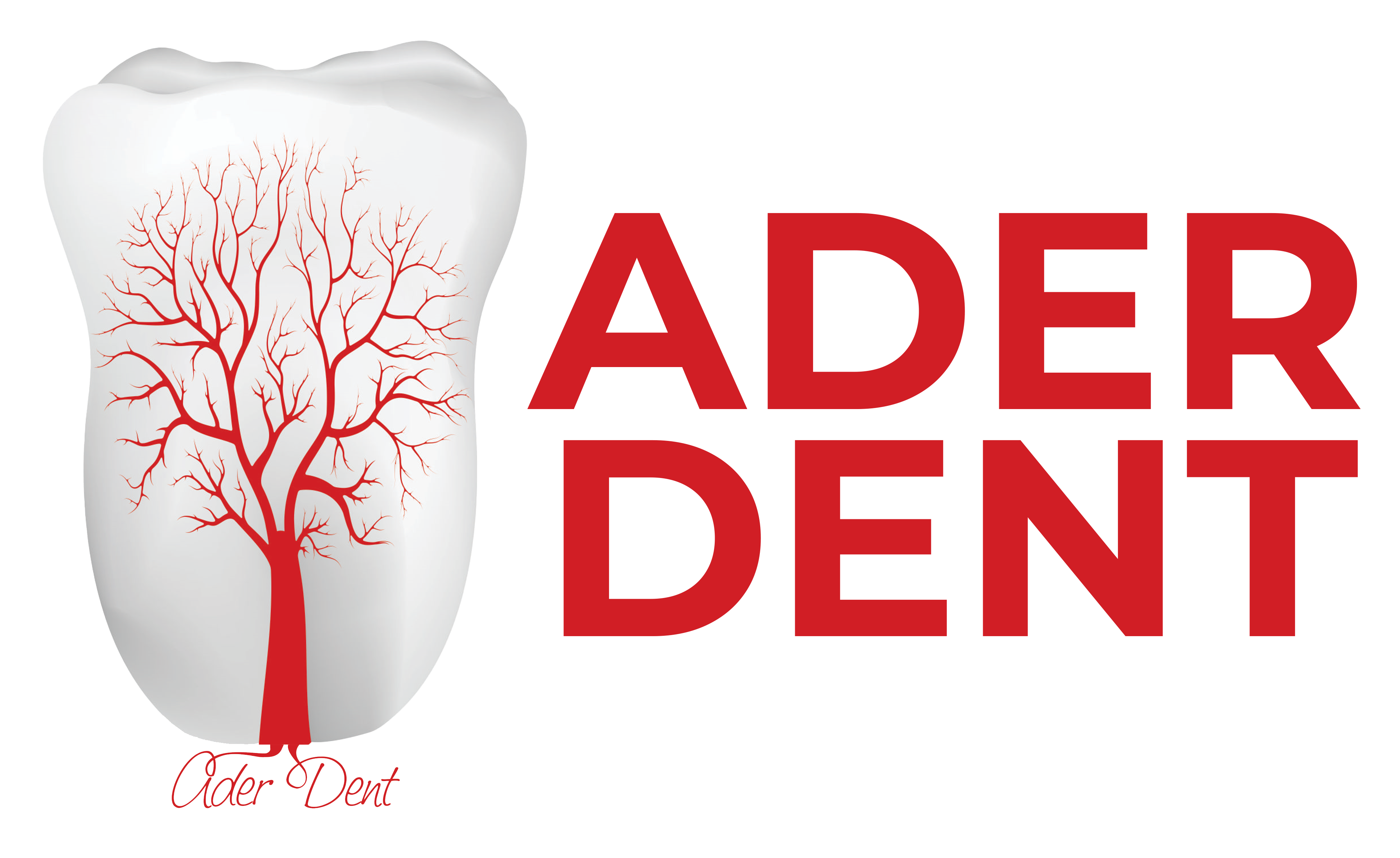
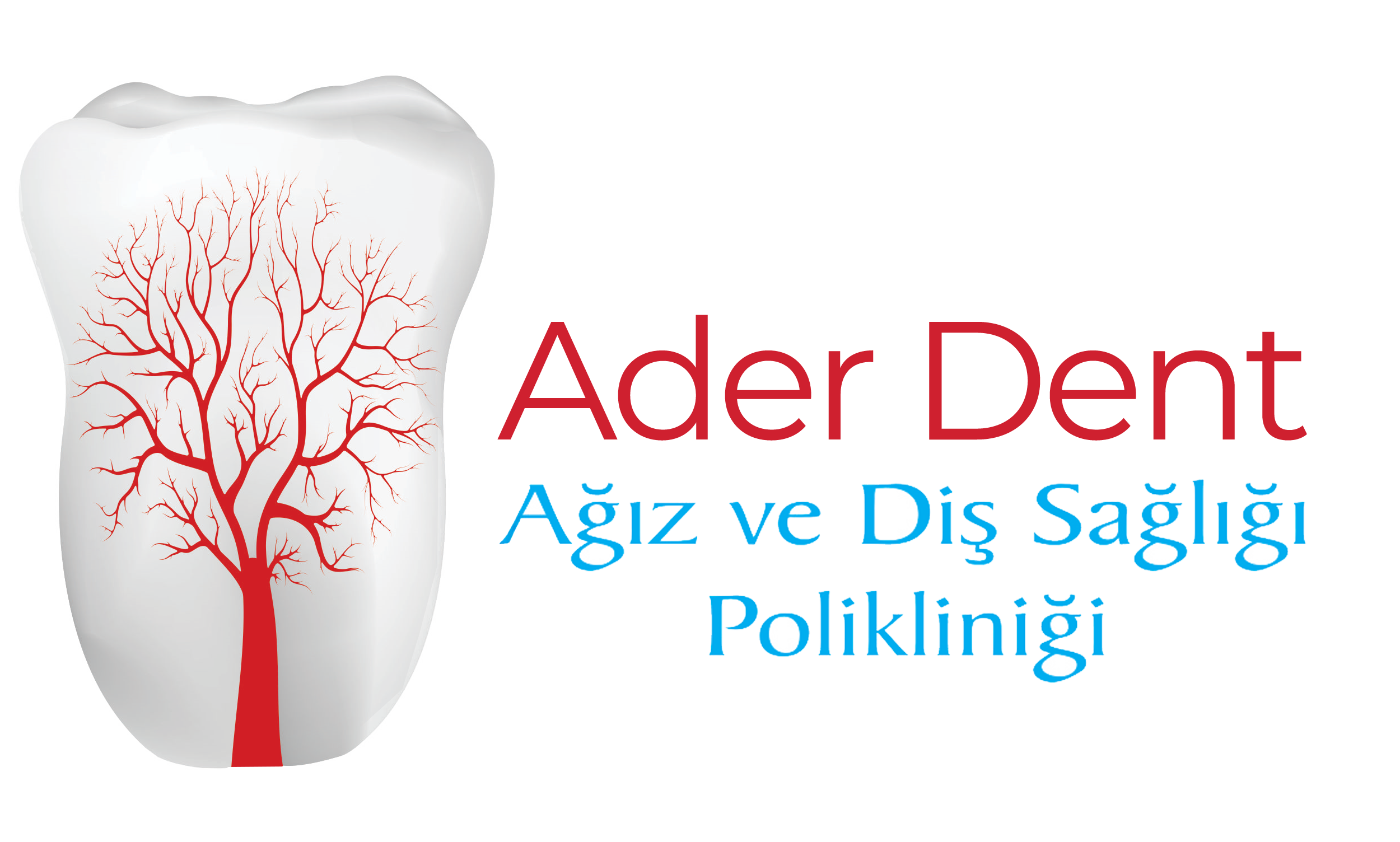
 TR
TR

